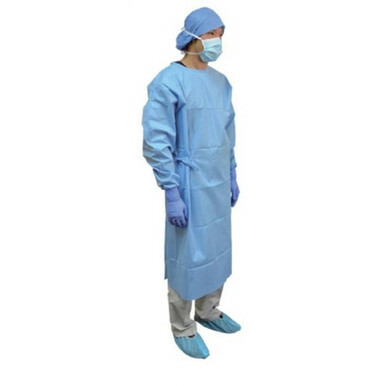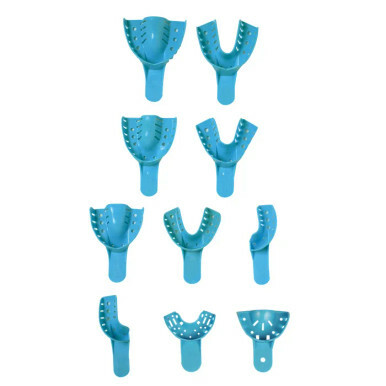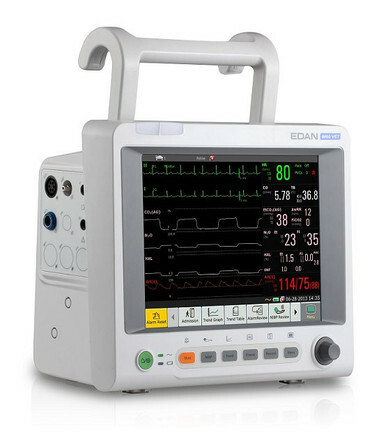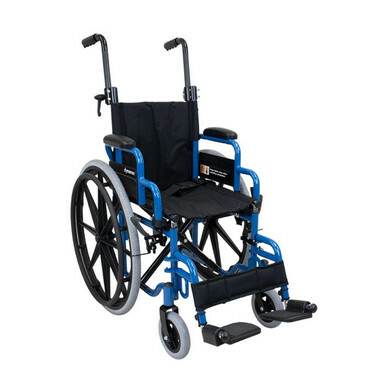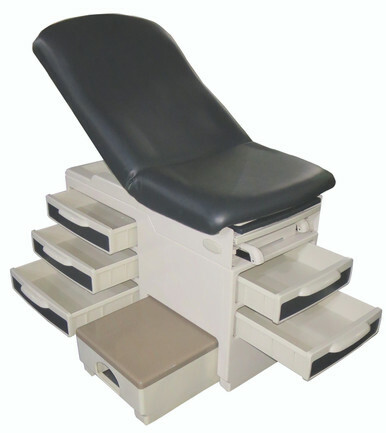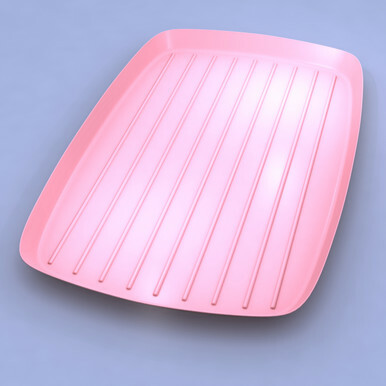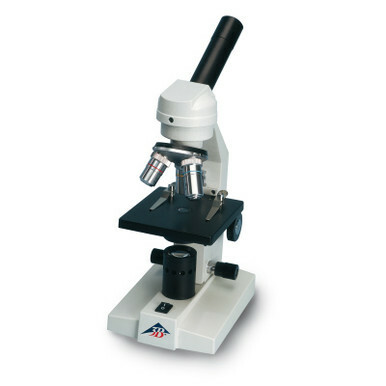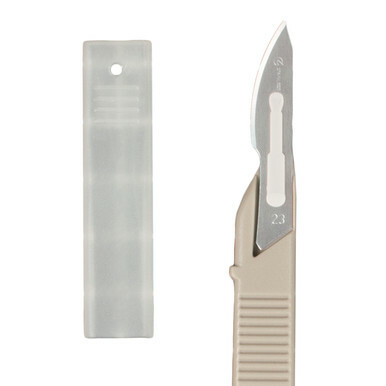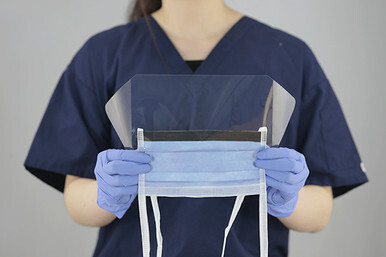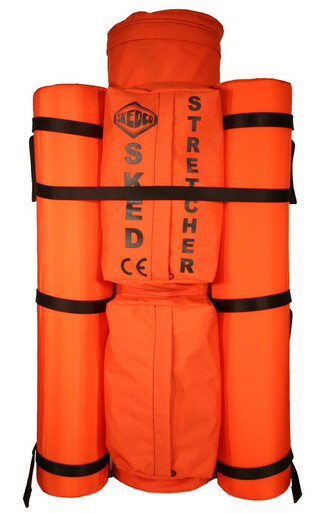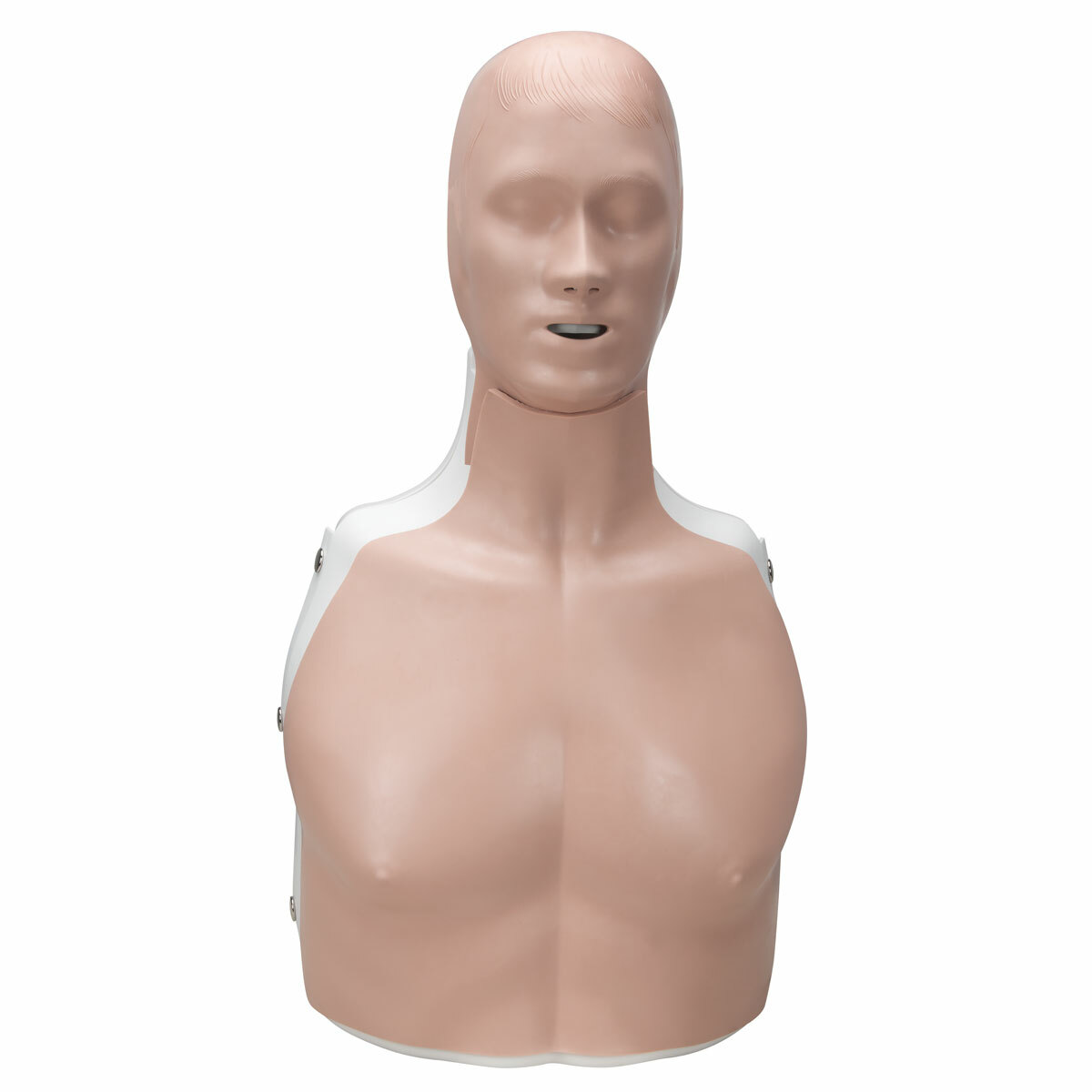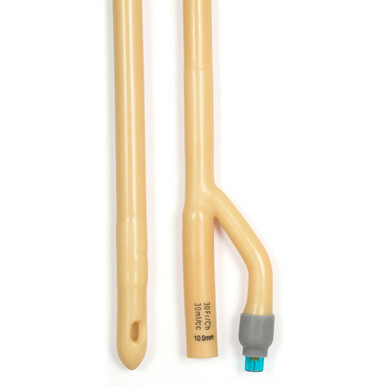Understanding Commodes: Types and Their Importance in Durable Medical Equipment (DME)
Posted by EMRN on 28th Aug 2024
When it comes to providing care for individuals with mobility challenges, the right equipment can make all the difference. One essential piece of durable medical equipment (DME) that plays a crucial role in enhancing comfort, safety, and independence is the commode. Commodes are versatile and practical devices that cater to a wide range of needs, making them an indispensable tool in home care, rehabilitation, and clinical settings.
What is a Commode?
A commode is a portable toilet designed to assist individuals who have difficulty accessing or using a standard bathroom. Unlike traditional toilets, commodes can be placed anywhere in the home, providing convenience and accessibility for those with limited mobility. They are especially useful for elderly individuals, post-surgery patients, and anyone with physical disabilities that make bathroom visits challenging.
Types of Commodes
There are several types of commodes available, each designed to meet specific needs. Understanding the different options can help caregivers and healthcare providers choose the right commode for their patients.
1. Standard Commodes
Standard commodes are the most basic type, featuring a seat with a removable bucket underneath. They are simple, functional, and typically placed next to the bed for easy access during the night. Standard commodes are ideal for individuals who need assistance with toileting but can still transfer themselves with minimal help.
2. Folding Commodes
Folding commodes are designed for convenience and portability. They can be easily folded up and stored away when not in use, making them perfect for small living spaces or for individuals who travel frequently. Despite their compact design, folding commodes are sturdy and provide reliable support.
3. Drop-Arm Commodes
Drop-arm commodes are designed for individuals who require assistance with transfers. The armrests can be lowered or removed, allowing for easier side transfers from a wheelchair or bed. This feature is particularly beneficial for caregivers who need to assist patients with limited mobility.
4. Bariatric Commodes
Bariatric commodes are built to accommodate individuals with higher weight capacities. They are wider and sturdier than standard commodes, offering enhanced stability and comfort. Bariatric commodes are essential for ensuring the safety and dignity of larger patients.
5. 3-in-1 Commodes
3-in-1 commodes are versatile devices that can function as a bedside commode, a toilet safety frame, and a raised toilet seat. This multifunctional design makes them a popular choice in both home care and clinical settings, providing a flexible solution for various needs.
6. Padded Commodes
Padded commodes offer additional comfort with cushioned seats and backrests. This type of commode is ideal for individuals who spend extended periods sitting on the commode or for those with sensitive skin. The extra padding helps prevent pressure sores and enhances overall comfort.
7. Shower Commodes
Shower commodes are waterproof and can be used in the shower, allowing individuals to maintain their hygiene with ease. They are typically made of rust-resistant materials and feature drainage holes in the seat. Shower commodes are an excellent option for individuals who need assistance with both toileting and bathing.
The Importance of Commodes in DME
Commodes are an essential component of durable medical equipment (DME) because they directly impact a patient’s quality of life. Here’s why commodes are so important:
1. Enhancing Independence
For many individuals with mobility issues, using a standard toilet can be challenging or impossible. Commodes provide a safe and accessible alternative, allowing users to maintain their independence and dignity. This independence is crucial for mental and emotional well-being, as it empowers individuals to manage their daily needs with minimal assistance.
2. Improving Safety
Falls and accidents in the bathroom are common, especially among the elderly and those with mobility impairments. Commodes reduce the risk of falls by providing a stable and secure place to sit, whether it’s near the bed or in the bathroom. Features like drop-arm designs and sturdy construction further enhance safety, making transfers easier and reducing the risk of injury.
3. Supporting Caregivers
Caring for someone with mobility issues can be physically demanding. Commodes with specialized features, such as drop arms or adjustable heights, make it easier for caregivers to assist with transfers and toileting. This not only improves the efficiency of care but also reduces the physical strain on caregivers.
4. Versatility and Convenience
The versatility of commodes, especially 3-in-1 models, makes them a valuable addition to any home or care facility. Whether it’s used as a bedside commode during the night or a raised toilet seat during the day, a commode can adapt to the changing needs of the user, providing convenience and flexibility.
5. Promoting Hygiene and Health
Maintaining personal hygiene is essential for preventing infections and promoting overall health. Commodes, particularly shower commodes, enable individuals to perform essential hygiene tasks safely and comfortably. This is particularly important for individuals with limited mobility who may otherwise struggle to use standard bathroom facilities.
Conclusion
Commodes are more than just a convenience—they are a critical tool in enhancing the quality of life for individuals with mobility challenges. From standard commodes to advanced models with specialized features, there is a commode to suit every need. As an essential part of durable medical equipment, commodes help ensure safety, promote independence, and support both patients and caregivers in the journey of care.
Whether you're a healthcare provider, caregiver, or someone in need of a mobility aid, understanding the different types of commodes and their benefits is key to making an informed decision that will improve daily living and overall well-being.


























